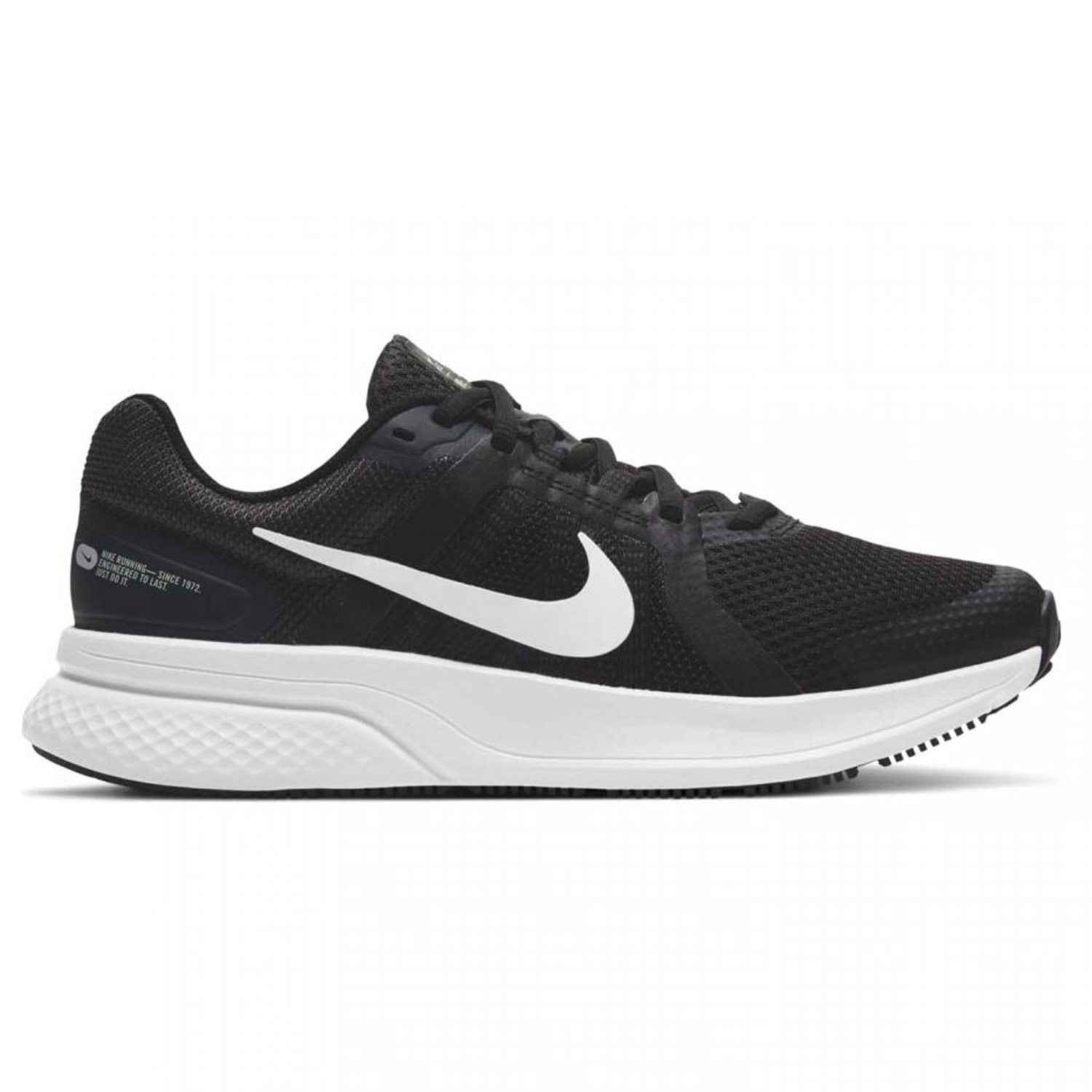
To keep you from feeling too unstable atop that marshmallowy pillow, the sole is oversize and rockered.

And, there’s a huge slab of it under your foot. The foam is lighter, softer, and more responsive than other materials, returning about 70 percent of energy with each footstrike.


It’s the same midsole foam used in the Vaporfly and Alphafly, Nike’s top-tier racing shoes. Credit the ZoomX midsole for the experience. All of the bouncy goodness under the foot remains untouched, thankfully, because we love the wild, cushy ride it delivers on easy jogs and long runs alike. Nike’s max-cushion daily trainer returns with largely just cosmetic tweaks and minor fixes to the upper. Because the refined Pwrrun+ is more compliant, Saucony tweaked the stack height, leading to an increase in heel-toe offset from 8mm to 10mm. But the all-over comfort of the shoe-the supportive Pwrrun+ midsole and sockliner coupled with the breathable mesh upper’s plush tongue and heel collar-makes the Triumph an ideal choice for high mileage as well. The midsole’s high energy return paired with the sole’s rocker geometry shape had me surging through fartlek workouts on the road and intervals on the track. Its balance of cushioning without sacrificing rebound is what makes this workhorse so versatile. This round, the brand made Pwrrun+ even more responsive and lightweight. Pwrrun+, Saucony’s TPU-based midsole, replaced Pwrrun beginning with the Triumph 17. One reason to keep stanning the Triumph is that it consistently maintains a bouncy ride and 360-degree comfort. Whether I choose to go fast or slow, I know the Triumph will perform well. Meaning: On days when choosing a shoe requires too much effort, I grab the 20. Of the 50 shoes I currently have on rotation, the 20 is set as my default pair on my Strava account. I’ve run in every new iteration of the Triumph since number 17, and each has impressed me. It’s smooth and springy, the perfect ride for long runs when you’ll be spending a lot of time on your feet. Built at a higher amplitude (the Rider 24’s plate was flatter), it helps return more energy with each footstrike, and more closely matches the shape of the arch. With only Enerzy foam throughout, the ride is smoother and more consistent-especially when paired with the 25’s new castor bean–based Wave plate. Though comfortable underfoot, the combination of different foams made the shoe’s ride feel a bit disjointed. In previous Riders, the midsole featured a mix of foams-ranging from its firmer U4ic to TPU-bead based XPOP-both above and below the wave plate. That in part is because the brand delivered on the promise it teased us with in the Rider 24: a full-length midsole layer of luxuriously soft Enerzy foam. As a wearer of the Rider since its 13th version, I found it’s definitely the softest and most cushioned Rider I’ve ever worn.

Twenty-five marks a huge milestone for the Rider. (A harder-feeling shoe won’t necessarily lack cushioning, and according to some biomechanical research, a midsole that’s too soft can actually increase peak impact forces.) In addition to those key stats, we also look at the running shoe’s stability features, flexibility, and energy return to help you find one you’ll love. The cushioning scores are given on a scale of 1 to 100, with one being the firmest. To test softness, we go to our Shoe Lab to take individual measurements of both the heel and forefoot, since the overall experience can vary based on where a runner touches down and toes off. If you’re going long distances, some extra cushioning might be a better option, as it provides impact absorption.īecome a Runner's World+ member for exclusive access to product testing opportunities. Lighter shoes typically have less cushioning, which can make them feel faster, but new midsole foams now make a plush ride possible without adding much heft to the shoe. Some runners care a lot about weight, and research shows that you expend more aerobic energy with heavier shoes.
#W NIKE RUN SWIFT 2 HOW TO#
Trevor Raab How to Choose the Best Running Shoe In addition to running hundreds of miles in each test model, we measure shoes in our lab and cut them apart to see how they’re constructed.


 0 kommentar(er)
0 kommentar(er)
